“The skin is tough and leathery and peels easily (as a glove would),” wrote Carter Barrett of the Hellen avocado in the 1939 Yearbook of the California Avocado Society.
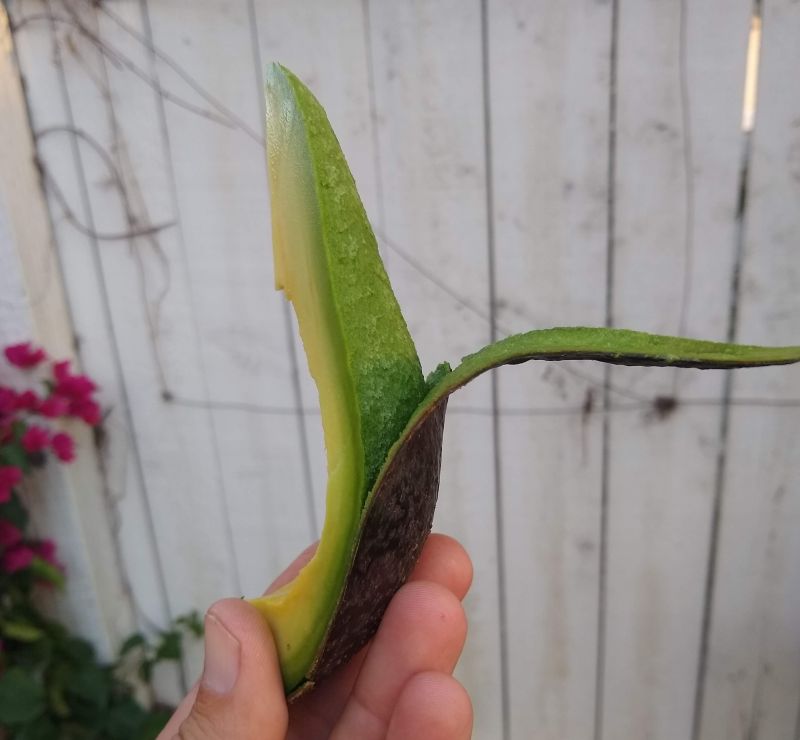
They are also large, usually weighing about one pound. That’s about twice as big as an average Hass avocado.
Hellens are green on the tree and remain green when they’re ripe. The fruit is often pear shaped, and sometimes with a long neck, but never as necky as Pinkerton let alone Don Gillogly. And the stem (peduncle) on a Hellen avocado is fat like Reed’s.
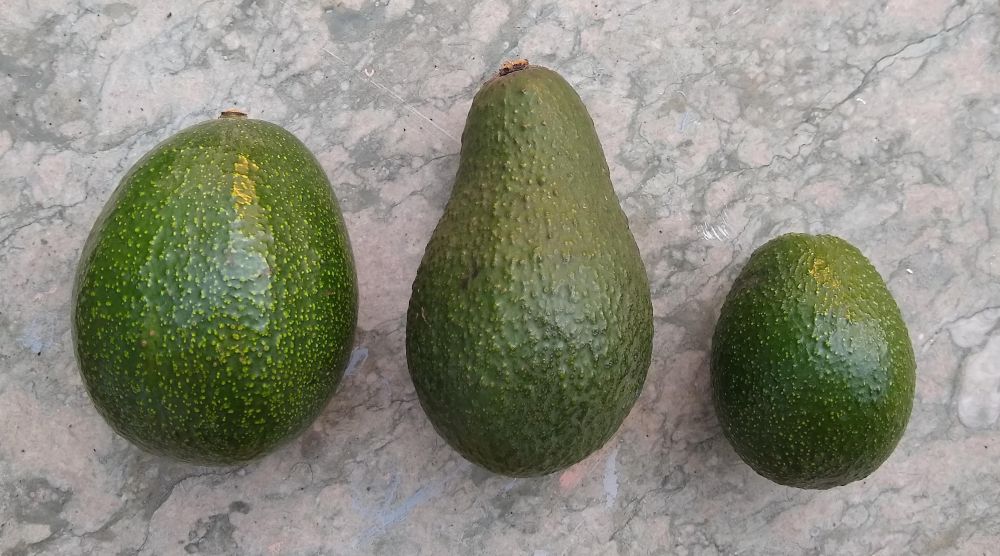
Like Reed again, the season of Hellen is summer into fall.
And the flavor of Hellen is slightly stronger than that of Reed, particularly early in their seasons. One year in July, I shared ripe Hellen, Reed, and GEM avocados with a group of fruit enthusiasts and many said they preferred the taste of Hellen. (At that time, I actually preferred the taste of GEM.)
Here is my video profile of Hellen:
The Hellen avocado tree
The Hellen avocado tree is in the class of Bacon as one of the most attractive varieties, with large, deep green leaves. And the canopy is spreading – not quite as horizontal and wandering as Fuerte though.
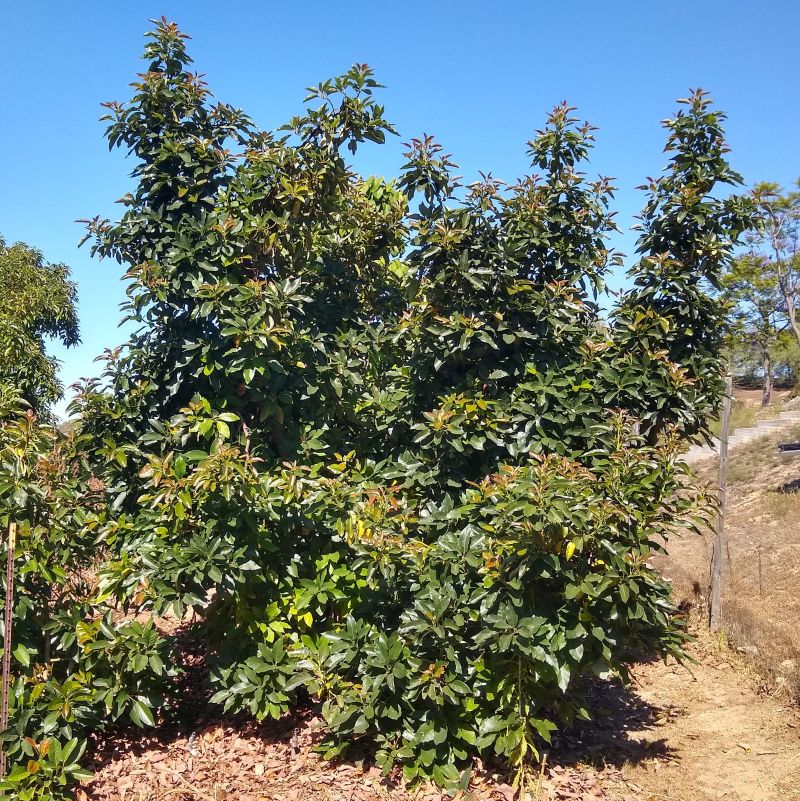
Like Fuerte, Hellen has a B-type flower. What this means is that it won’t be highly productive, year in and year out, in locations that have cooler nights during flowering in the springtime.
What is “highly productive?” I mean compared to most A-type avocado varieties (e.g. Hass, GEM, Lamb, Reed, Gwen, Pinkerton).
What is “cooler nights?” I mean often below 55 degrees F. Another way to assess this is, does a particular location have frost on the ground more than once or twice on a winter morning? Then it’s probably too chilly for a B-type avocado to be as productive as an A type.
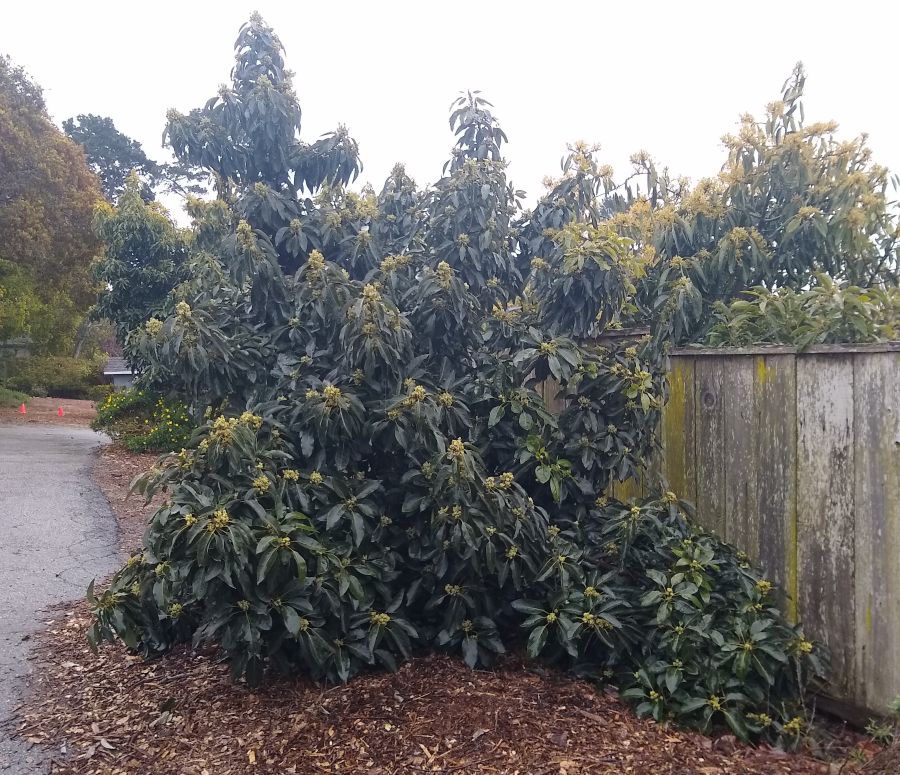
That said, Hellen trees in a suitable location can be highly productive.

I have not seen a Hellen tree that makes fruit at a young age. Compared to some contemporary varieties such as GEM, they are a bit slow to “come into production,” as a farmer would say.
History of Hellen
Just over a mile from the ocean, on a city lot in Santa Monica, is where the original Hellen avocado tree grew. The variety was registered with the California Avocado Society in 1938.
Hellen avocado trees were being tested with enthusiasm by farmers in the early 1940’s throughout Southern California. In 1943, Marvin Rounds wrote, “The Hellen, another green summer and fall fruit, gives promise of not only being a vigorous tree, but fairly precocious and a consistent bearer. This variety also is being grown in most districts, but the greatest hope for it at present is in the coastal and nearcoastal sections. Young trees at Santa Paula and at Carpinteria, in spite of tree vigor, are bearing quite a number of fruits.”
However, by 1946 it was gaining a reputation of not yielding satisfactorily in inland locations. At the University of California’s trial orchard in Riverside, it was reported as a “poor producer” in 1951.
Hellen never became a significant commercial variety and was largely forgotten until the early 1990’s.
Julie Frink told me the comeback story. She was a volunteer at the avocado collection of the University of California’s South Coast Field Station in Irvine, grafting trees, recording observations, researching varieties. Her cousin lived in La Habra and told Julie about a grove of Hellen avocado trees that were old, large, and fruitful. The owner was selling the fruit to local Mexican restaurants. Julie visited and took scionwood from the trees and introduced the variety into the Irvine collection.
That was 1992. From there, she and other members of the Orange County chapter of the California Rare Fruit Growers shared scions of the Hellen variety at their annual exchanges and made small grafted trees to sell at their plant sales. And so the Hellen avocado variety was revived as a backyard tree.
It wasn’t until 2017 that I started growing a Hellen.
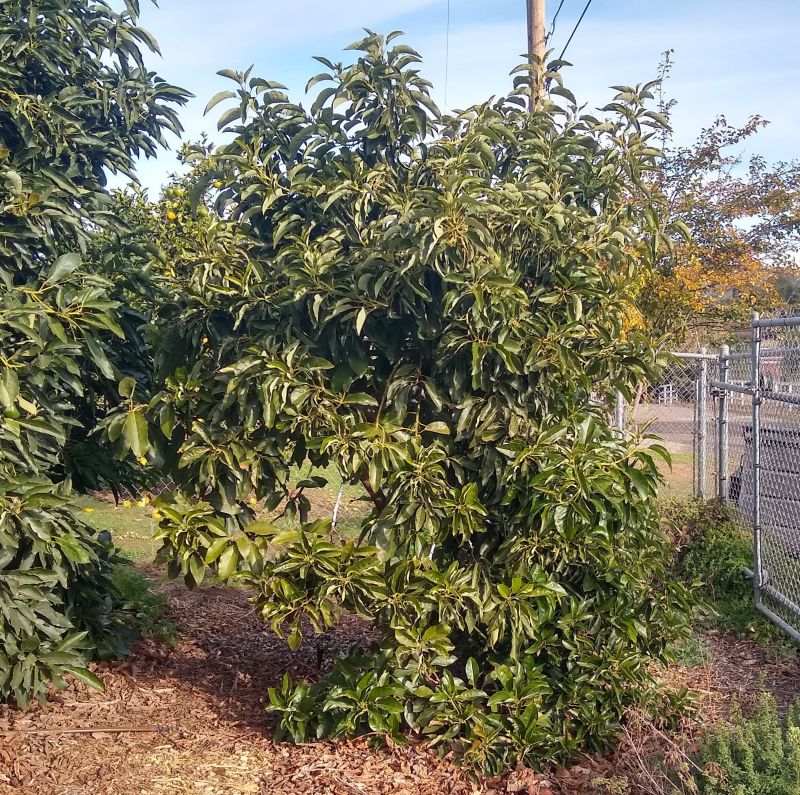
Is Hellen a good fit for your yard?
You should plant a Hellen tree if:
– You like large avocados.
– You’re not in a rush to get fruit from a young tree.
– You have a spot where B types will be productive.
– You have a spot for a tree to get 10 feet by 10 feet or bigger.
– You’re looking for a variety that is ready to eat in the summer into fall.
On the other hand, there are other summer-into-fall avocado varieties that might have characteristics that you prefer.
For example, Reed makes fruit at a younger age and makes fruit more consistently and is a tree with a canopy that does not spread as widely. And Lamb makes fruit at a younger age, makes smaller fruit, and is a significantly more compact tree.
Here is a video profile of Hellen:
My other avocado variety profiles can be found here.
Thank you for your support of my Yard Posts so I can keep them coming and without ads.
My Yard Posts are categorized and listed HERE.

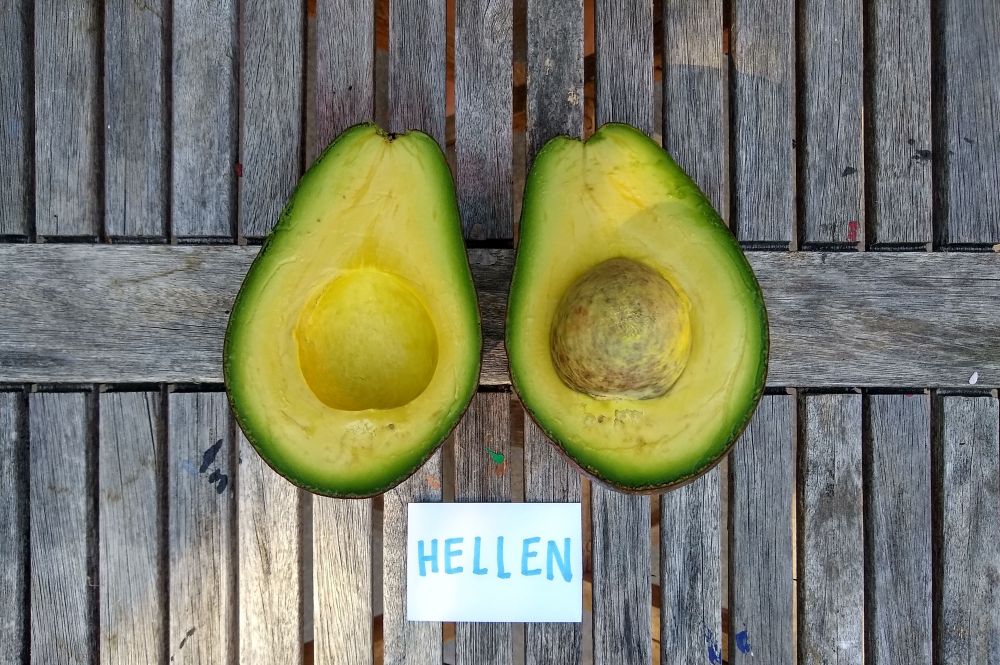


I had this variety recommended to me by someone but I have limited space. How would you rate it compared to a Sharwil?
Hi there! So it would be really appreciated if you could repost an article (I assume you have already written this topic) on how you start your avocado trees. Size of tree, hole size, additives, watering, time of year, etc. I have spent countless $$, buying and unfortunately killing little trees! That being said, I have 20 fruit trees I have planted (usually bare root in January) that are all grown great! I only mentioned this because I feel that I’m not completely lame! Thanks for your advice and suggestions Greg!
Looks like a nice avocado, for the right space near the coast. On another note, do you think someone is playing a trick on you with the Rooster eggs? 😉
We have cool nights at Apricot Lane Farms. This may explain why we’re giving up on our 80 Hellen trees. Handsome, disease resistant foliage, but almost no fruit. On a West facing slope with distant ocean views. I would pick Reed (if not windy) or Lamb Hass over Hellen any day.